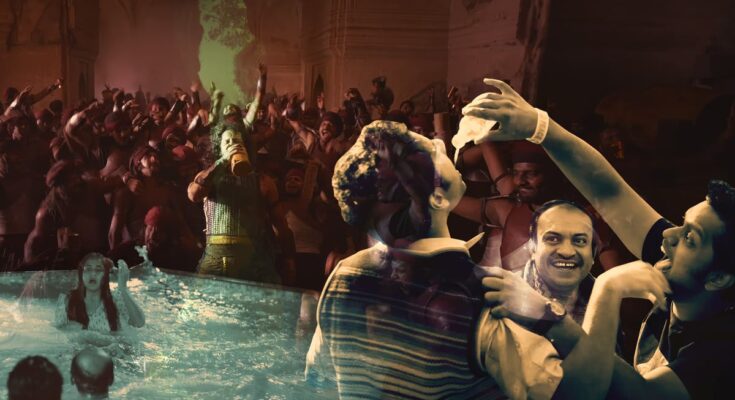From villain to hero
According to movie historian and critic Theodore Baskaran, Mani Ratnam’s drama movie Kannathil Muthamittal (2002), set within the backdrop of the civilian struggle in Sri Lanka, was among the many earliest Tamil movies to normalise consuming alcohol on display screen. “There’s a scene when the characters played by Madhavan and Prakash Raj – the hero and his host – drink casually at home. It is not vilified or glorified. It is as if they’re just drinking tea or coffee, and there’s no stigma attached to it,” he mentioned.
Such a portrayal was in all probability reflective of globalisation that marked a cultural shift in Indian society within the Nineties. Political methods in the direction of alcohol have additionally influenced its illustration in cinema. Total prohibition was launched in Madras State below Chief Minister C Rajagopalachari in 1952. M Karunanidhi’s DMK authorities suspended it in 1971, permitting the sale of arrack and toddy, and in 1983, Chief Minister MG Ramachandran established the state-owned liquor distribution firm, TASMAC. “In the Thirties and Forties, anti-alcohol messaging was very prevalent in Tamil cinema made on social subjects,” recalled Baskaran. “It was part of the Gandhian ideology and the Temperance Movement in India to curb alcohol consumption. Take the film Naam Iruvar (1947). Whenever a bad man appears, you’ll see him drinking.”
Naam Iruvar was a few younger man who falls into unhealthy firm and indulges in vices. He ultimately reforms and turns into a nationalist and a Gandhian. By the Fifties, anti-alcohol propaganda was waning however nonetheless, alcohol was primarily related to the villain on display screen. Films that got here in later many years confirmed the hero consuming alcohol, however it wasn’t as normalised as it’s now. It both occurred within the context of a membership scene, tragedy or some issue that justified the consuming.
For instance, in ‘Silar Kudipathupole’ from Sange Muzhangu (1972), MG Ramachandran is disguised as a Punjabi Sikh man who pretends to drink alcohol at a celebration whereas he’s investigating a case; Kamal Haasan in Sattam En Kaiyil (1978) performs twin brothers – one an informed, accountable individual and the opposite who’s his antithesis. To set up the distinction, the latter is proven consuming alcohol and partying in ‘Sorgam Madhuvile’. In Salangai Oli (1983), Haasan performs a gifted dancer who falls into despair and turns to alcohol for respite. Rajinikanth in Padikathavan (1985) is anti-alcohol in precept however will get drunk and sings the ‘Oora Therinjukitten’ track after he realises that his brother had been mendacity to him all alongside. Sivakumar in Sindhu Bhairavi (1985) is an acclaimed Carnatic singer who spirals into despair following an extramarital affair and takes to alcohol.
In the Nineties and 2000s, consuming alcohol on display screen grew to become related to enjoyable or required no justification. In Padayappa (1999), for example, Rajinikanth’s character, the hero and titular character, sings “Kikku Yerudhey” and dances along with his household, together with his teenage daughters and her associates, after unintentionally consuming alcohol. By the time Lokesh Kanagaraj’s Master (2021) got here round, even alcohol habit didn’t want justification. In the movie, Vijay performs JD, an alcoholic professor who comes up with totally different tales for his behavior relying on who asks him. “I think alcohol has seeped into the lives of people after globalisation. Parents are also okay with social drinking in many homes in urban spaces. It has been normalised and cinema reflects this reality,” mentioned Prabhu Ram Vyas.




